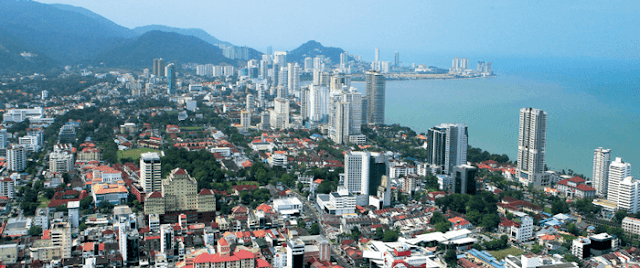AS we all know, affordable housing is the saving grace for the middle to low income group in our common dream to pursue the “roof over our heads”.
Most often, aspiring homebuyers are sandwiched between increasing property price and developers’ tendency to build high-end apartments especially in greater KL for the last decade.

The introduction of PR1MA and other affordable housing agencies by the federal government is aimed at addressing this gap and to promote better home ownership as part of the prime minister’s national transformation programme. Nonetheless, not many realised that affordable housing is also a state initiative whereby state governments are free to introduce affordable housing schemes given that land and development are within the exclusive power of the state under the Federal Constitution. For instance, Penang is fully behind the notion of affordable housing by placing their top priority on increasing homeownership ratio within the state.
Checking online, there are currently 29 affordable housing projects in Penang with 12 being developed by the state government and the other 17 by the private sector. Penang is delivering a commendable amount of affordable housing by trading plot ratio of built-up area in exchange for more units to be built.
The state government is constantly reviewing and updating the criteria for the purchase of affordable housing in Penang. A person who already owns a property can still purchase affordable housing in Penang provided the person can satisfy the conditions imposed.
For example, the house to be purchased must be of higher value than the one already owned.
In addition, for those who are not born in Penang, under the talented and skilled category, they may also purchase affordable housing in Penang provided they undertake to reside there for a minimum of five years. In short, affordable has become a driver for talent retention. This ultimately helps to upgrade living standard in Penang.
On the flip side, Penang has uncovered a problem. Those who are entitled to affordable housing may not qualify for financing, especially those from the lower income group as they are considered as high risk by banks.
Job and income security at this level are extremely vulnerable given the high cost of living that in effect reduces disposal income. Bank and financial institution are after all profit-making entities. Loan disbursements below a certain threshold amount does not always generate their desire margin. Many expiring home owners are left helpless.
While nothing is perfect, one can only achieve success through lessons learned along the way and from history. The federal government is aware of the high loan rejection rate. It has, therefore, provided a 10% loan guarantee and First House Deposit Financing to help purchasers with their downpayments. The “Rent to Own” scheme was also introduced to circumvent the stricter loan financing situation.
Penang has introduced a similar Rent to Own scheme. Under this scheme, the state government provides 30% of the home price so that the house buyer can seek a 70% loan margin.
PR1MA, on the other hand, is facing difficulties finding suitable land as land is state matter. There is also a tendency for the state government to allocate land for this purpose in areas they want to urbanise, but which are often far from amenities and transportation links.
We all know that to develop affordable housing is not the best commercial decision to make because profit margins are definitely lower. As such, we cannot expect private sector developers to always bear the cost.
Penang, on the other hand, is able to overcome this problem by reducing the development charges via an increase in plot ratio. This then attracts private sector developers to come in.
A recent survey conducted by PR1MA shows that buyers prefer to purchase residential projects close to schools, clinics and shops. They also prefer access to transportation. Penang is closer to achieving its objective in the affordable housing arena because it “focuses on the homeowners”.
Under the recently announced Penang Transport Master Plan, the state government is mulling over RM8bil worth of projects that will enhance connectivity.
The development of an underground tunnel from Gurney Drive to Bagan Ajam, Gurney Drive to Jelutong Expressway and an alternative road connecting Gurney Drive right up to Batu Feringhi will really improve connectivity.
Penang is ambitious in executing its affordable housing plans. It is also spot-on when it comes to addressing the different issues connected with this subject.
The banking sector must buy into it. Banking and financial institutions are governed by the fiscal policy of the federal government. Maybe some mandatory quota or corporate social responsibility initiatives can be imposed on banks to provide loans to deserving house buyers. So it is timely that Bank Negara has called for a comprehensive and carefully designed National Planning Policy to support the Government’s aim in delivering more social housing in its recently released annual report.
 By Chris Tan
By Chris Tan Chris Tan is the founder and managing partner of Chur Associates.
Related posts:
Nov 23, 2015 ... By Chris Tan Real legal viewpoint. Chris Tan is the founder and managing partner of Chur Associates. Related posts: High cost under new law ...
Aug 17, 2015 ... By CHRIS TAN Real Legal Related posts. Property prices will hold ... 2015 WHILE last week's article cove... Posted by Richard Tan at 4:46 PM.


No comments:
Post a Comment
rightwaystosuccess@gmail.com